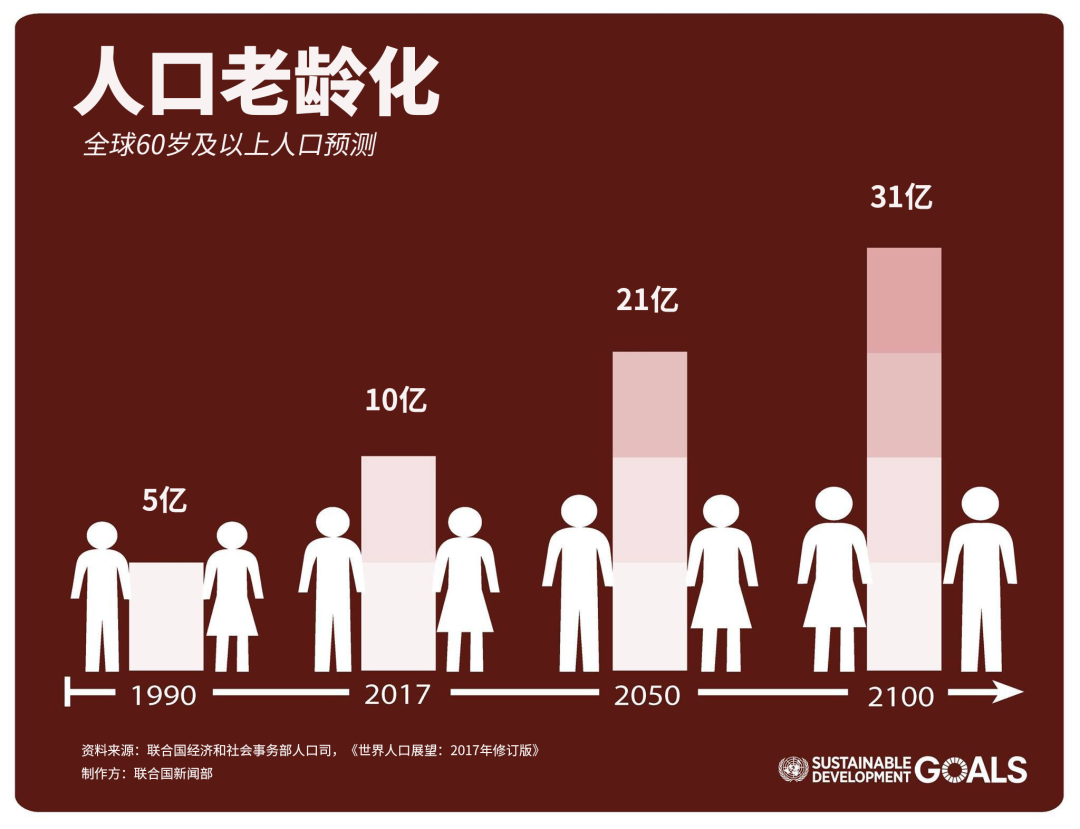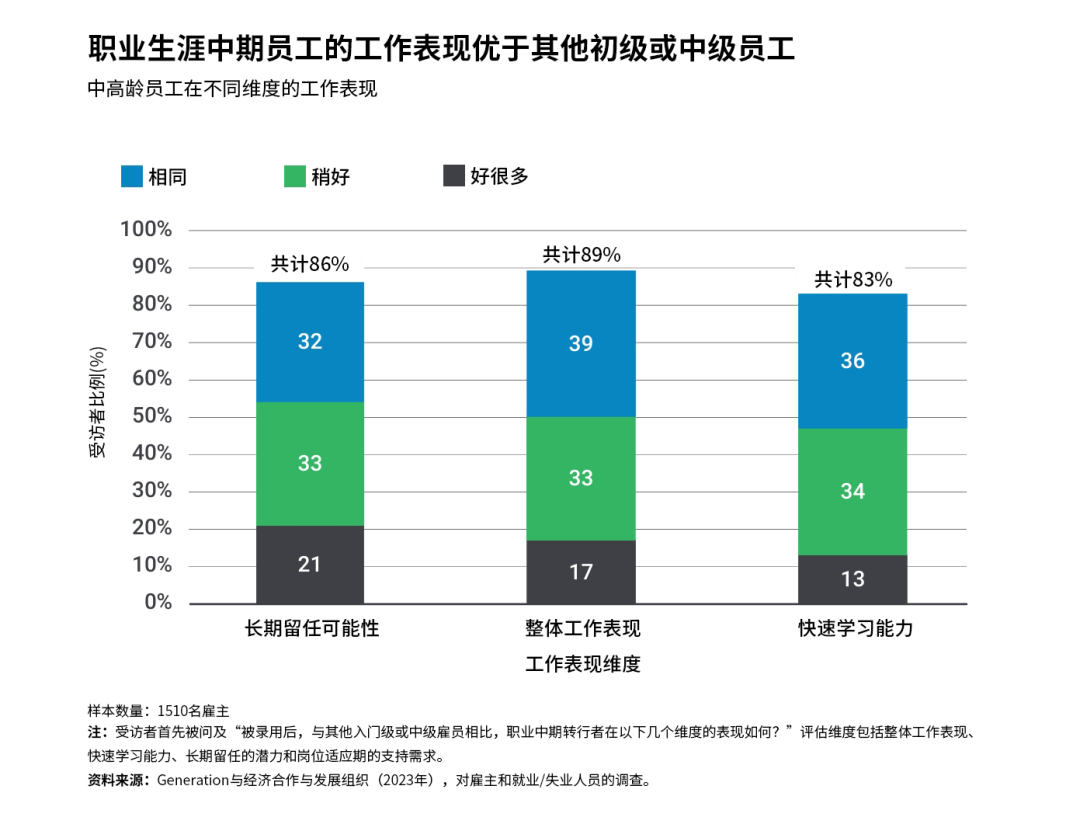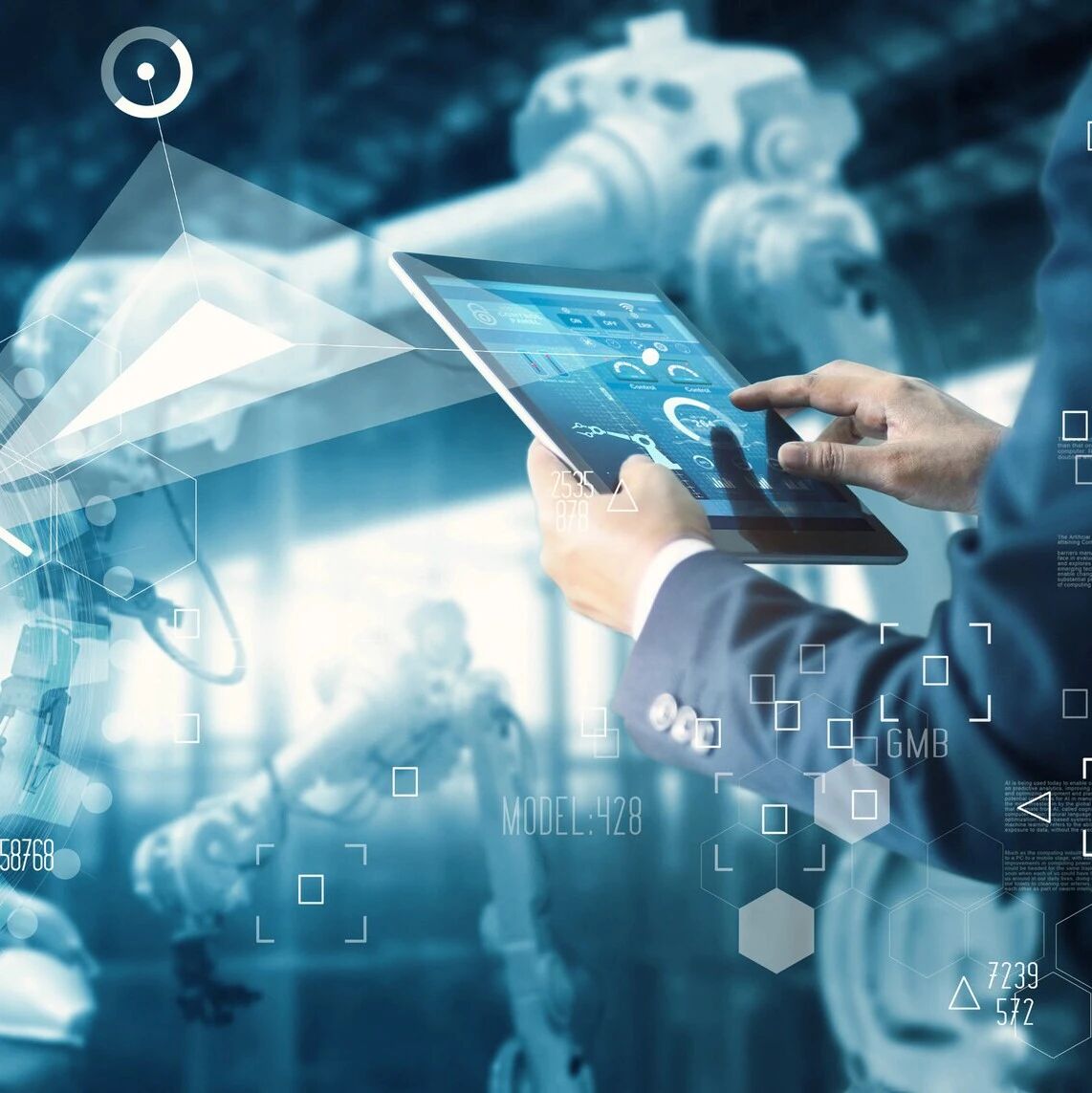

Age-friendly AI is not only a moral obligation but also a strategic business necessity.
Image source: Freepik
David Alexandru Timis
Global Communications and Public Affairs Manager, Generation
The global population is shifting toward aging.
Therefore, AI tools used in the workplace must take age diversity into account.
Age-friendly AI systems can help older employees keep up with the pace of technological advancements.
The integration of artificial intelligence across industries is transforming the way we work and interact, offering unprecedented opportunities to enhance efficiency and drive innovation. However, this rapidly advancing technology also brings significant challenges, particularly issues like age discrimination and workforce inclusivity.
The urgency of age-friendly AI stems from two converging trends. According to UN data, by 2050, the global population aged 60 and older is projected to surpass 2 billion—more than double the figure from 2017. Meanwhile, AI tools are increasingly being adopted to streamline recruitment processes, automate decision-making, and boost employee productivity.

Image source: United Nations Department of Economic and Social Affairs
Companies that excel at leveraging diverse perspectives to solve problems can unlock the untapped potential of their workforce across all age groups, enabling them to better navigate demographic shifts and technological advancements. As a result, age-friendly AI is not only a moral imperative but also a strategic business necessity.
Challenges Facing Age-Appropriate Artificial Intelligence
As artificial intelligence continues to transform industries across the board, its application in the workplace has also raised pressing concerns about fairness and inclusivity.
1. Perpetuating systemic biases
One of the most pressing issues in the workplace application of artificial intelligence is its potential to perpetuate systemic biases, including age discrimination.
Although issues of racial and gender bias have received significant attention, age discrimination largely remains overlooked, posing a substantial risk to social equity in aging societies. For instance, during the hiring process, AI systems may inadvertently discriminate against older workers, favoring younger candidates instead. Such negligence could further marginalize senior employees, exacerbating existing social inequalities.
Recent high-profile cases have starkly highlighted that companies risk legal and reputational consequences if their AI systems harbor unchecked, unaddressed biases. For instance, the U.S. Equal Employment Opportunity Commission (EEOC) recently reached a settlement with iTutorGroup, an education technology company whose AI-powered software was found to discriminate against older applicants. Such incidents underscore the critical need for inclusivity in AI deployment.
2. Misunderstandings about senior employees
Another challenge in integrating older workers into AI-driven workplaces is the persistent stereotype about their ability to adapt to new technologies.
Companies often assume that older employees resist change or are less willing to adapt to new technologies. When leaders try to integrate generative AI tools and AI agents into workflows, they generally believe that younger employees will pick up these new tools more quickly and adapt seamlessly. However, research—including Generation’s "Age-Appropriate AI Study"—suggests that this assumption may not hold true after all.
According to research previously conducted by Generation starting in 2023, when hiring managers were asked to evaluate the performance of existing mid-career and senior employees, as many as 89% reported that seasoned workers performed just as well—or even better—than their younger counterparts. This data challenges the assumption of "technological incompetence," highlighting the significant value that older employees bring to the table.

Image source: Generation & OECD (Organisation for Economic Co-operation and Development)
3. Technological advancements are advancing by the day.
Artificial intelligence tools are advancing at an unprecedented pace, and businesses must act swiftly to integrate these technologies into their operations and processes.
If business leaders fail to adapt quickly, they risk missing out on the critical opportunities AI presents for gaining a competitive edge and boosting efficiency. This urgency calls on leaders not only to champion the adoption of AI but also to ensure that older employees have ample training opportunities and a psychologically safe environment—where they can confidently upskill without fear of losing their jobs.
With the right training and support systems in place, mid- to senior-aged employees can fully harness the power of AI—and leverage their strategic thinking and deep understanding of workplace dynamics, which can significantly elevate a company’s AI deployment capabilities. Therefore, businesses must invest in tailored training programs that address the unique needs and learning styles of mid- to senior-aged professionals.
Implementation Strategies for Age-Friendly Artificial Intelligence
A key role of age-friendly AI is ensuring that employees—especially older workers—understand the value of artificial intelligence and acquire the necessary skills.
Inclusive Design Principles:When designing AI technologies, consider older employees. This includes ensuring that AI solutions are user-friendly and easy to adopt for experienced staff, with a strong focus on usability and alignment with employees' specific needs.
Data Management Practices:Businesses must implement a robust data management strategy to reduce bias. Techniques such as balancing datasets and conducting regular audits are essential for ensuring the fairness of AI systems and guaranteeing that they accurately represent all demographic groups.
Flexible work arrangements:Offering flexible work arrangements, such as phased retirement or the creation of "temporary" roles, allows older employees to remain engaged while still meeting their evolving needs. Unilever’s "U-Work" program is a prime example of how flexible working can empower senior staff.
Redesigning job roles and workflows for older employees:Companies shouldn’t simply reassign older employees to AI-driven roles; instead, they should consider redesigning jobs and workflows to leverage the unique strengths these workers bring to the table. This may involve placing greater emphasis on tasks that rely on human judgment and creativity.
Tailored training and support for senior employees:Employers should provide tailored training programs for older employees, equipping them with new skills to enable career growth even in an increasingly AI-driven work environment. This includes developing training resources that introduce them to innovative tools and best practices.
Mentor and Reverse Mentor Programs:During AI training, pairing older employees with younger colleagues can foster mutual learning and strengthen team collaboration. Additionally, a reverse mentoring program—where younger employees guide their more experienced counterparts—can also prove highly beneficial.
Why is age-friendly AI important?
As artificial intelligence continues to permeate industries across the board, its potential to transform the workplace—by lowering the barriers to skill acquisition and boosting productivity—is immense. However, this transition must prioritize fairness and inclusivity to ensure that older employees are not left behind.
The trend of an aging workforce highlights the need for businesses to prioritize age diversity within their diversity and inclusion initiatives. While this is crucial, many companies still overlook age diversity, preventing them from fully leveraging the skills and experience of their older employees.
Eliminating age bias in AI systems is essential—not only to promote social equity and prevent discrimination, but also to enhance organizational performance and foster innovation by building a diverse workforce. Therefore, age-friendly AI is not just a moral obligation; it’s a strategic imperative that global businesses must prioritize.

The above content solely represents the author's personal views.This article is translated from the World Economic Forum's Agenda blog; the Chinese version is for reference purposes only.Feel free to share this in your WeChat Moments; please leave a comment at the end of the post or on our official account if you’d like to republish.
Translated by: Sun Qian | Edited by: Wang Can
The World Economic Forum is an independent and neutral platform dedicated to bringing together diverse perspectives to discuss critical global, regional, and industry-specific issues.
Follow us on Weibo, WeChat Video Accounts, Douyin, and Xiaohongshu!
"World Economic Forum"


